该项目以探索建筑与城市语境的互动为起点,通过对建筑边界条件的操控展开设计。
设计重点聚焦于边界条件的两大特性:
一是能够在不同层次之间容纳多种事件,并灵活调整事件的顺序;
二是能够在多种关系中营造不确定性和模糊性,例如私人与公共、内部与外部、存在与虚无,以及离心与集中,特别针对墨西哥城的空间组织语境展开思考。
The project begins with an exploration of the interaction between architecture and the urban context, achieved through the manipulation of the building's boundary conditions.
The design focuses on two key characteristics of the boundary conditions:
First, the ability to accommodate various events across different layers and flexibly rearrange their sequence;
Second, the capacity to create uncertainty and ambiguity among multiple relationships, such as private and public, interior and exterior, existence and void, centrifugation and centralization, particularly in the spatial context of Mexico City.
指导/Instructor
Wonne Ickx
信息/STATUS
GSD 2017课程设计
GSD 2017 Spring Option Studio_Moving things around, Exploring Rossi's Small Scientific Theatre
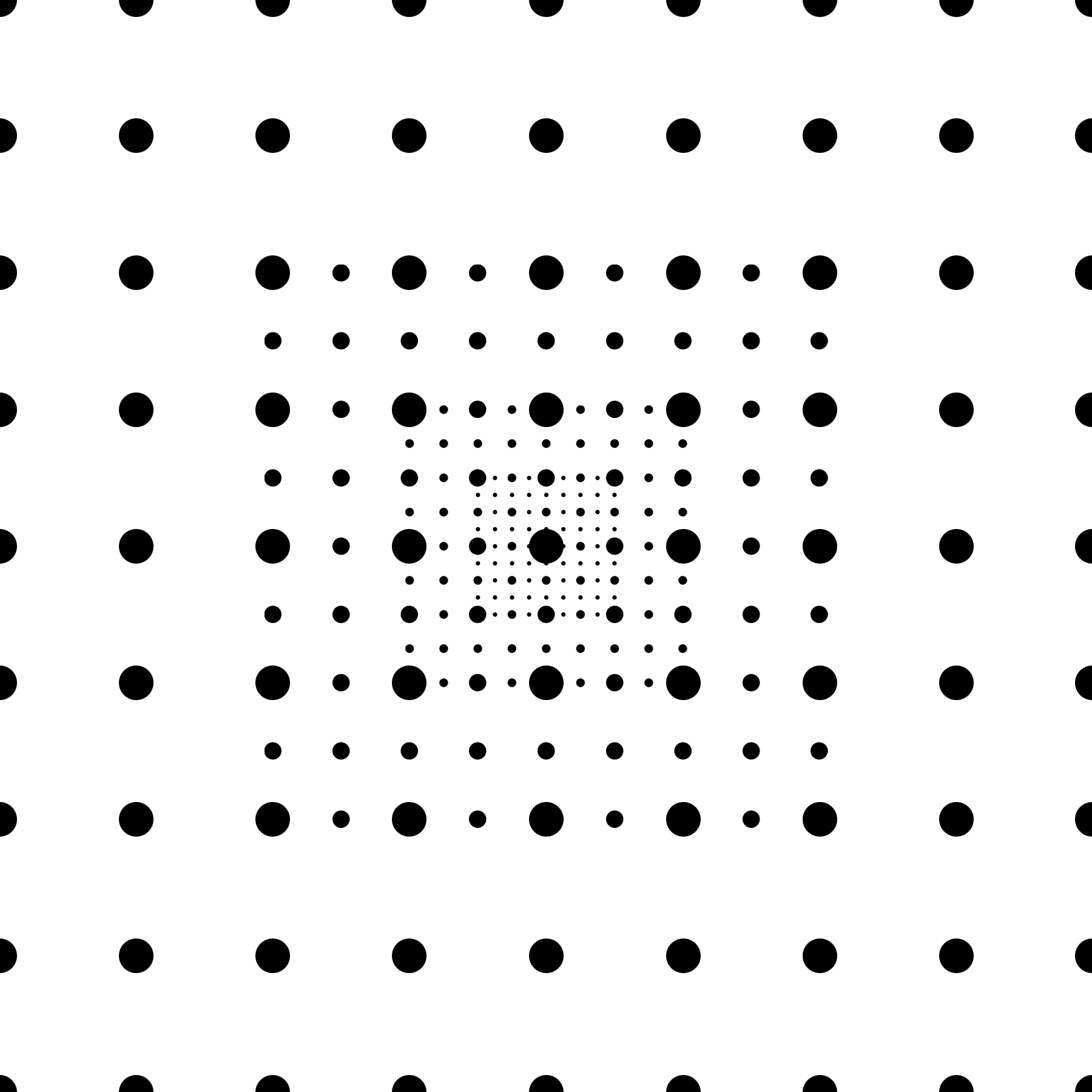
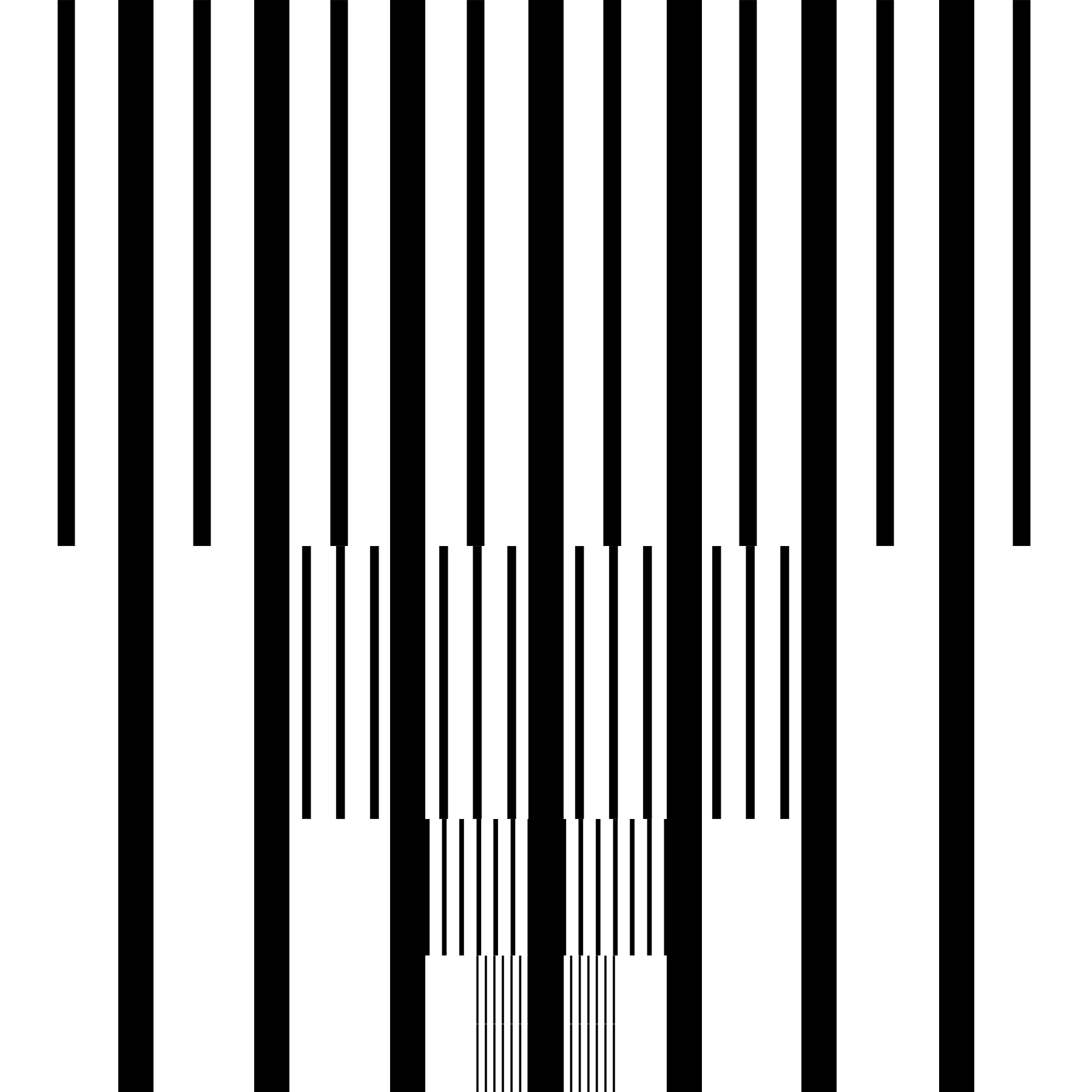
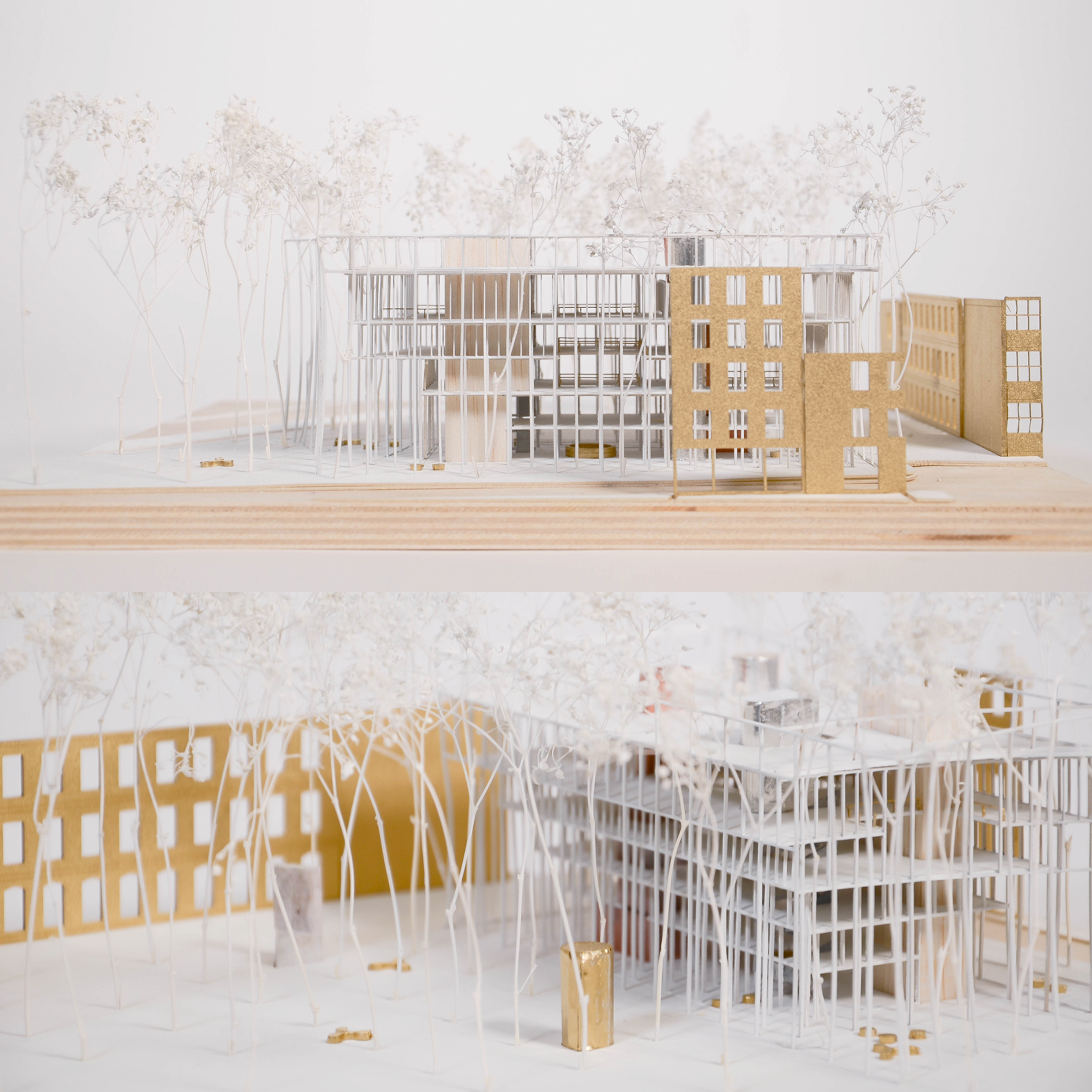
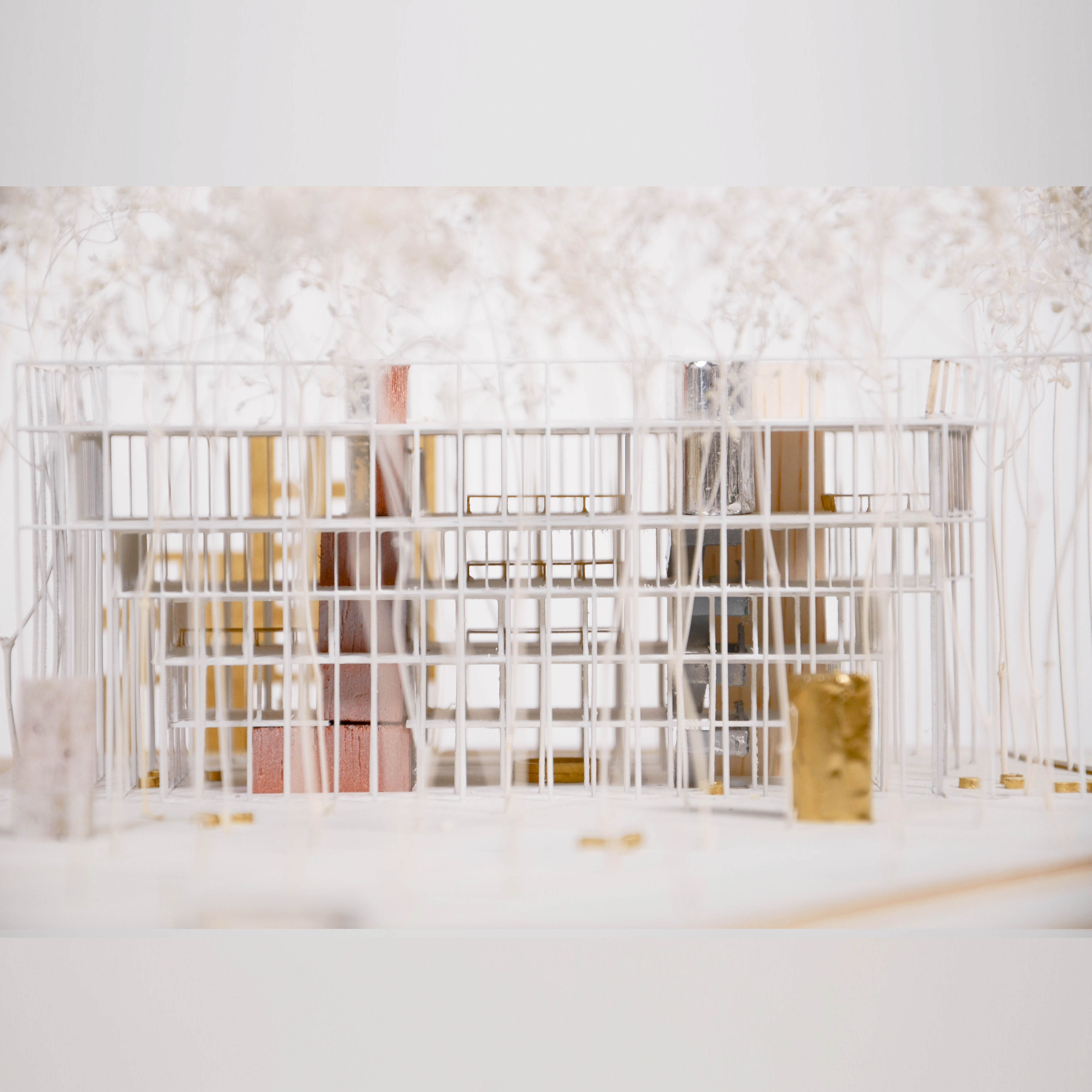
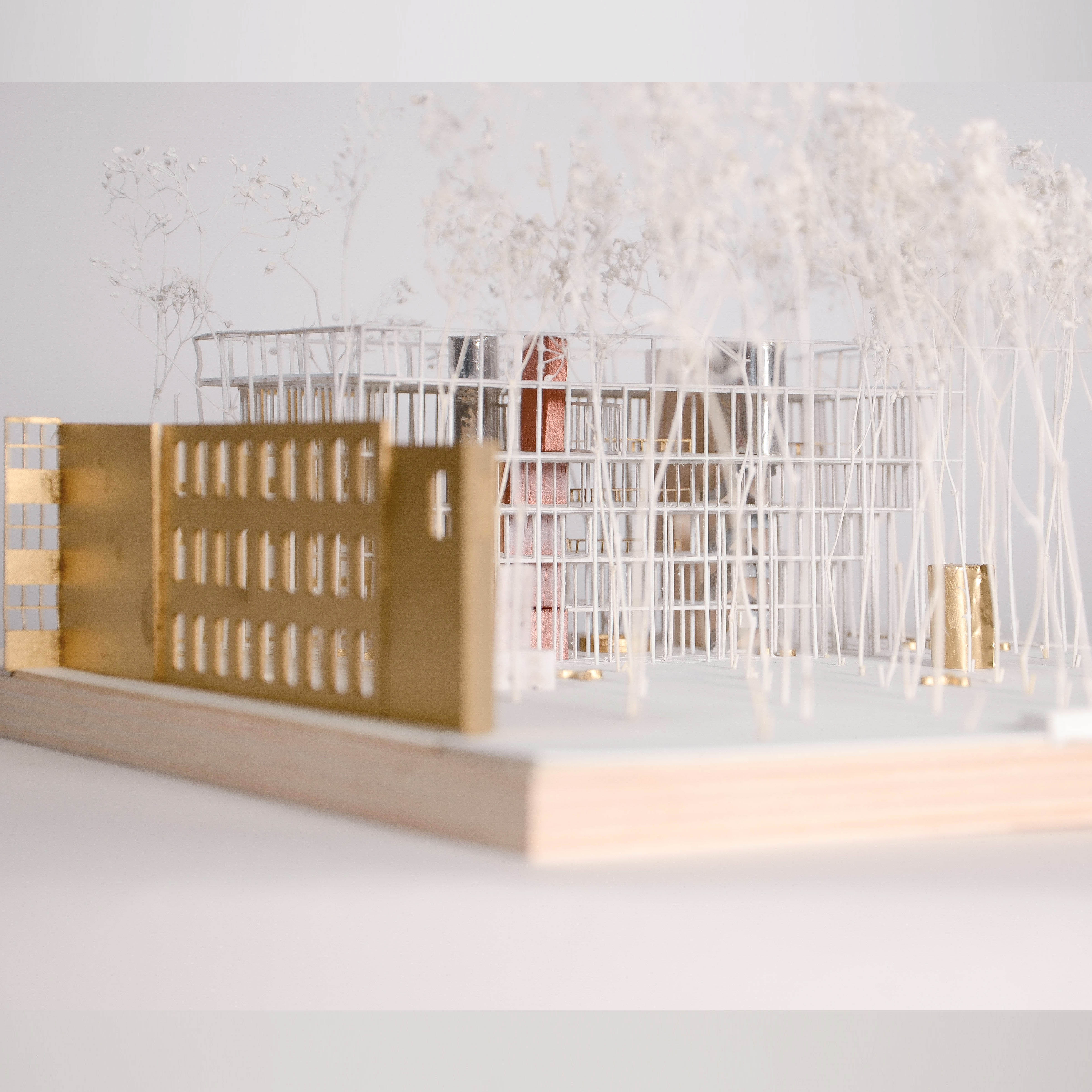
边界、边界之间的空间、柱林以及雾中闪耀的核心,这些元素共同再现了墨西哥城的空间特质。
The boundaries, the spaces between them, the forest of columns, and the cores glowing behind the mist — all these elements recreate the spatial characteristics of Mexico City.


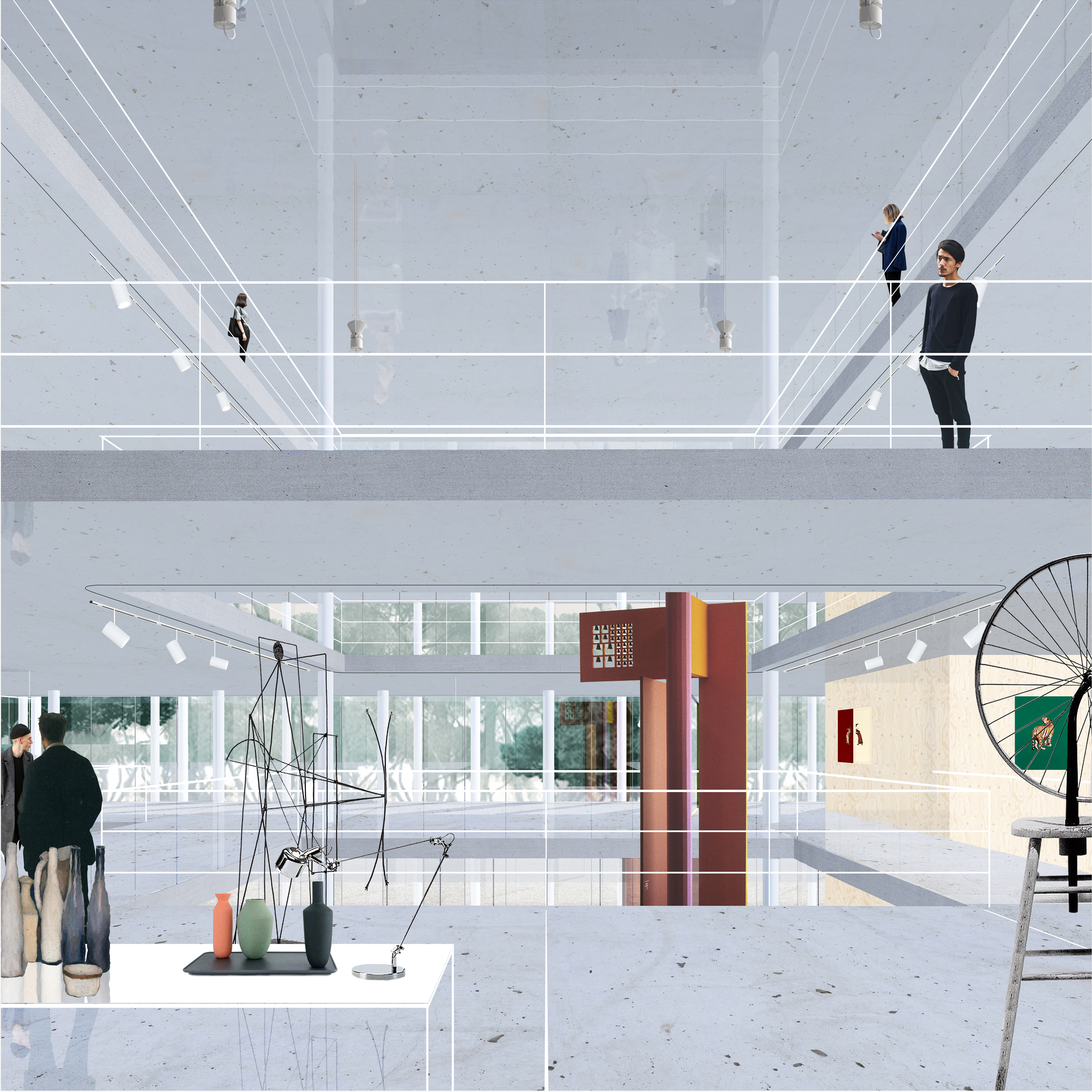
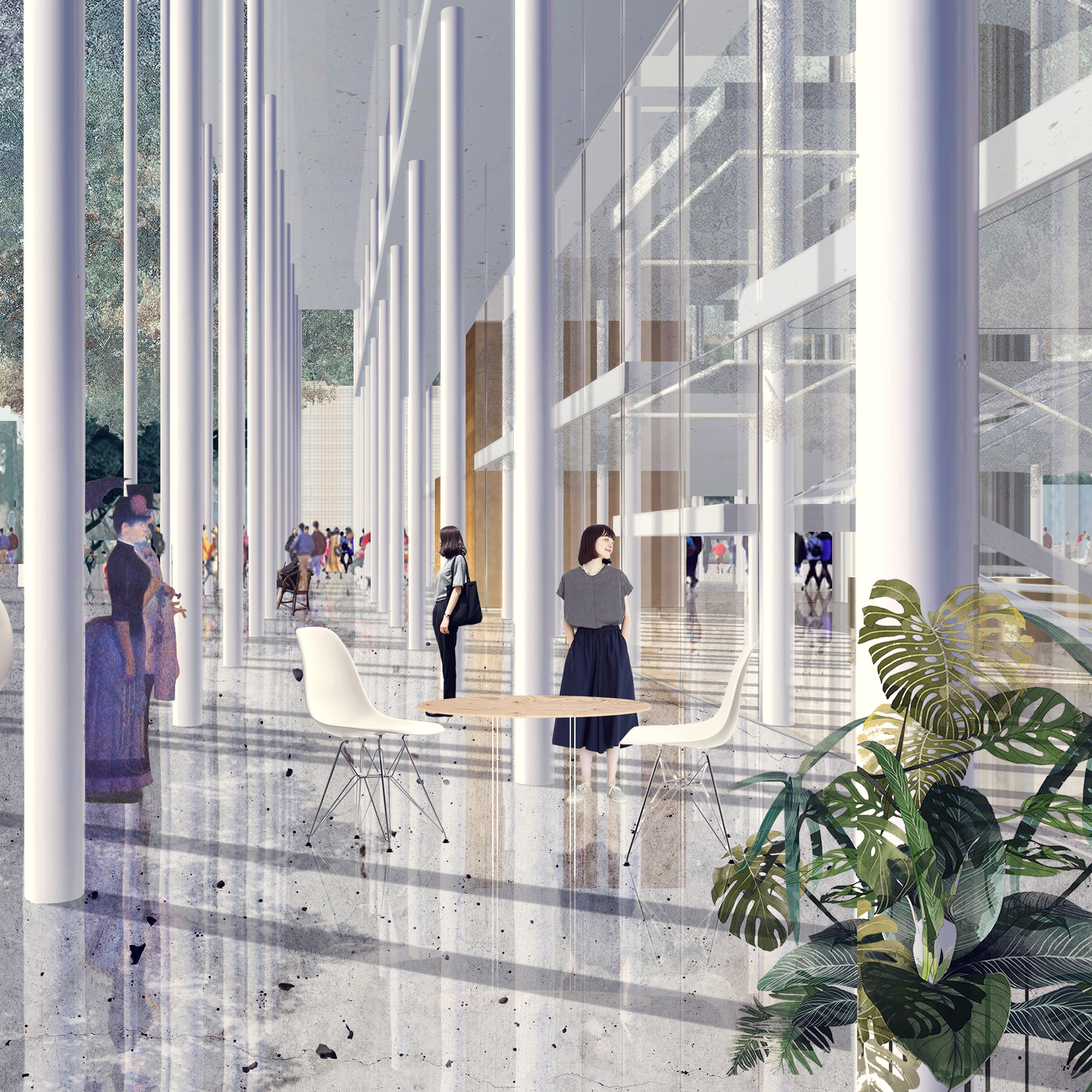

在墨西哥城,与明确划分室内和室外的界限相反,这里采用了多种方式来定义空间,例如分隔广场与花园的柱廊、界定街头小贩区域的遮篷、分隔人行道与大道的街树等。
In Mexico City, instead of establishing a clear boundary between indoors and outdoors, various approaches are used to define spaces, such as porticos that separate plazas from gardens, canopies that define areas for street vendors, and street trees that divide pedestrian walkways from avenues.
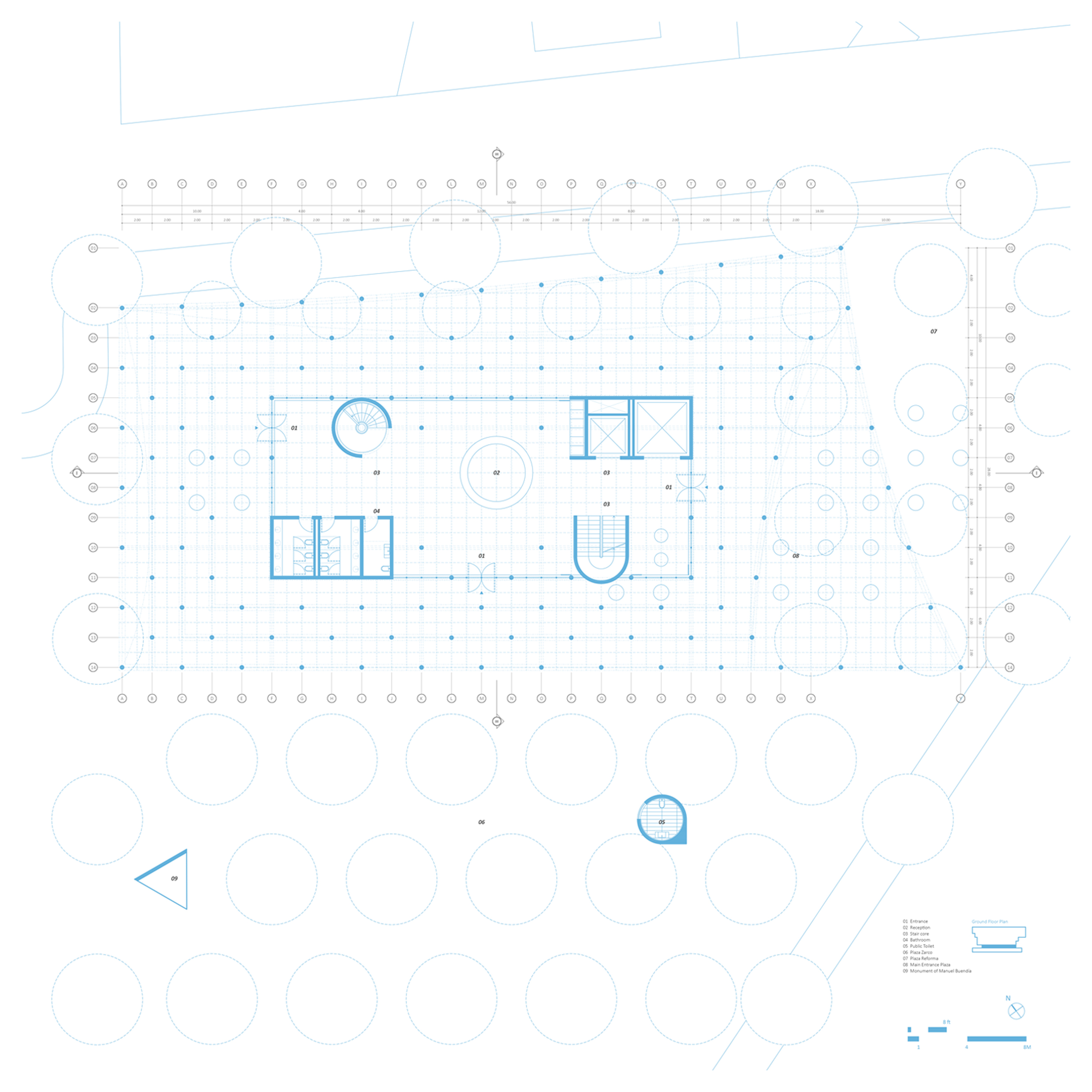
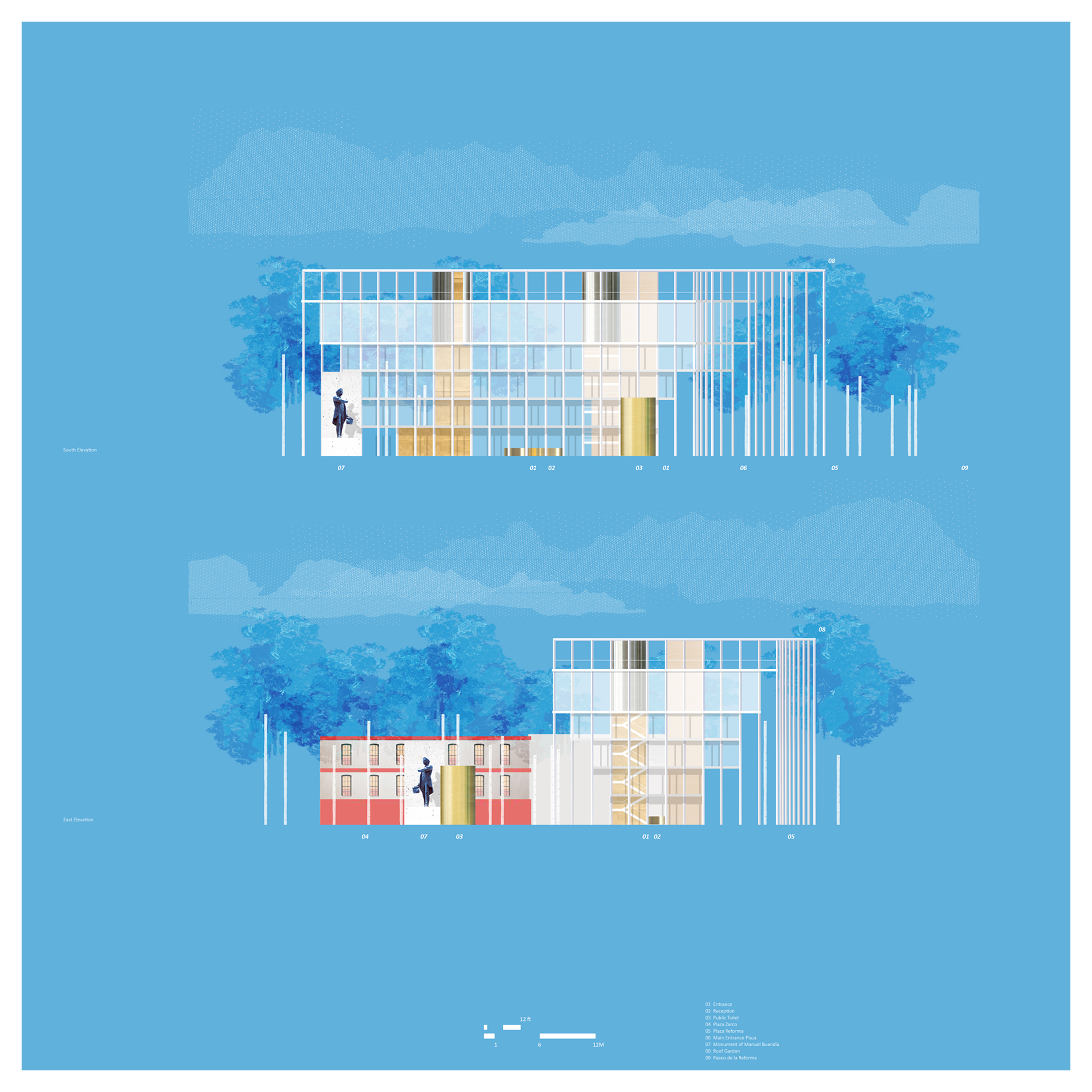
The building has the ability to interact with the surrounding surfaces and collaboratively create new urban conditions.
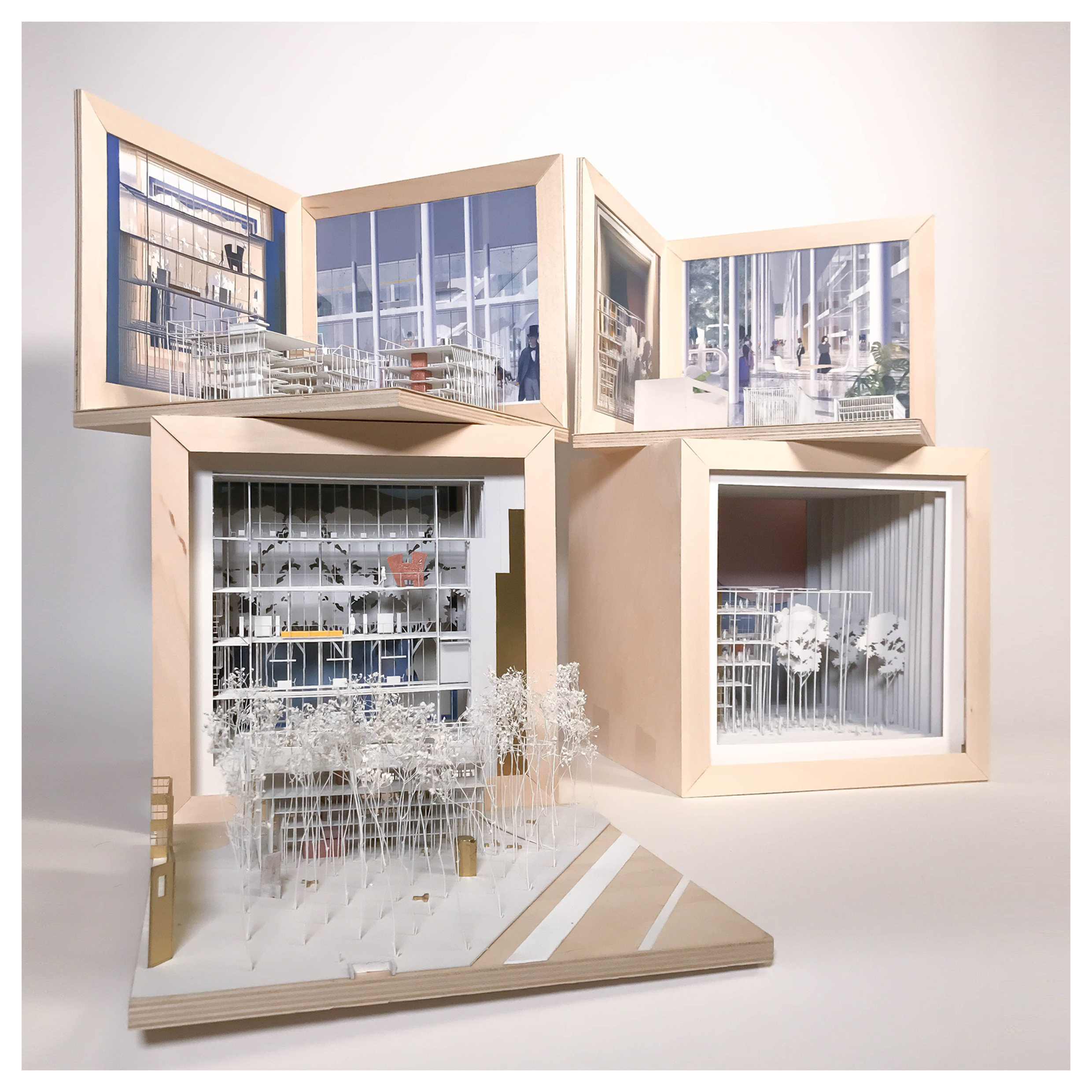
1978年,阿尔多·罗西制作了科学剧院的模型。他将其视为研究城市构成的工具。同样,设计工具也会对设计过程本身产生影响。
In 1978, Aldo Rossi created the model of the Scientific Theater, viewing it as a tool for exploring urban composition. Similarly, the tools of design also influence the design process itself.